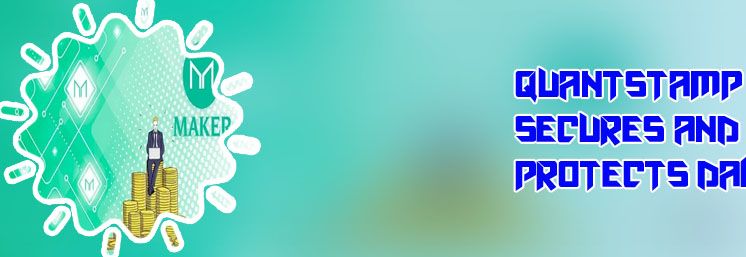-
Understanding the Dai currency is crucial for those interested in decentralized finance and stablecoins. Dai is a stablecoin that is pegged to the US dollar and is designed to maintain its value through an algorithmic system. In order to fully grasp the intricacies of Dai, it is important to delve into articles that explore its features, use cases, and potential impact on the financial industry. Here are four articles that will provide valuable insights into the world of Dai currency:
The Evolution of Dai: A Deep Dive into MakerDAO's Stablecoin

none
Unlocking the Potential of Dai: How Decentralized Finance is Revolutionizing the Financial Landscape

none
Dai Adoption: Exploring the Growing Popularity of the Stablecoin in Global Markets
This decentralized stablecoin, pegged to the <a href"/decent-unveils-prototype-of-decentralized-publishing-platform/">DECENT Unveils Prototype of Decentralized Publishing Platform US dollar, offers users a reliable alternative to traditional cryptocurrencies that are prone to volatility.
Challenges and Opportunities: Navigating the Future of Dai Currency in the World of Finance
As the world of finance continues to evolve, digital currencies have become increasingly prominent. In this landscape, Dai has emerged as a stablecoin that offers stability and decentralization. With its value pegged to the US dollar, Dai provides a reliable store of value in the volatile world of cryptocurrency.
One of the key challenges facing Dai is regulatory scrutiny. As governments around the world grapple with the rise of digital currencies, there is a growing need for clear regulations to govern their use. This presents both a challenge and an opportunity for Dai, as regulatory clarity can help legitimize the currency in the eyes of investors and users.
Another challenge for Dai is scalability. As the popularity of the currency grows, it will be important to ensure that the underlying technology can support increased demand. This will require ongoing development and innovation to keep pace with the evolving needs of the market.
Despite these challenges, Dai also presents a number of opportunities for the future of finance. Its stable value and decentralized nature make it an attractive option for those looking to hedge against inflation and economic instability. Additionally, Dai's smart contract capabilities open up a range of possibilities for financial innovation and automation.

